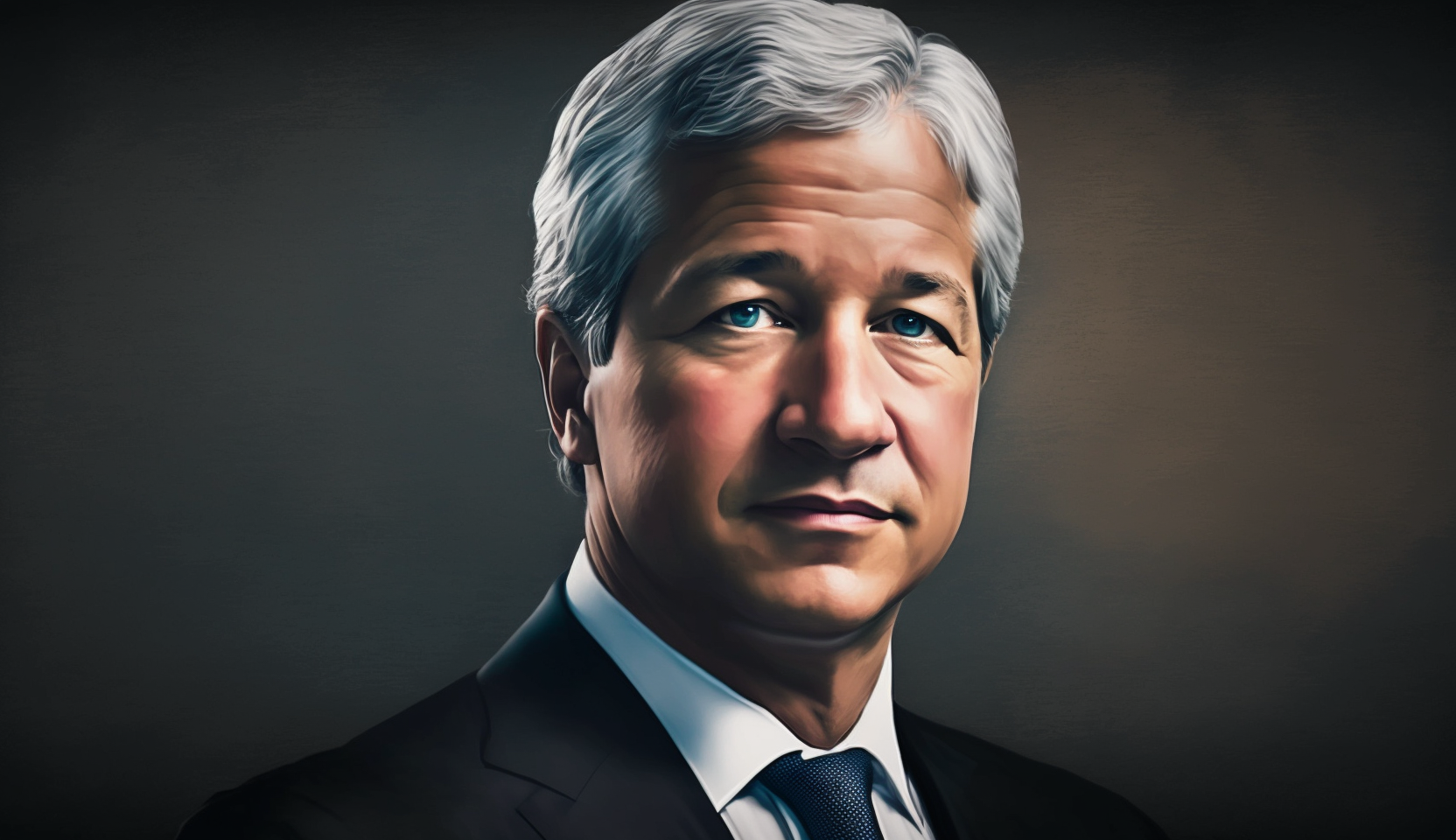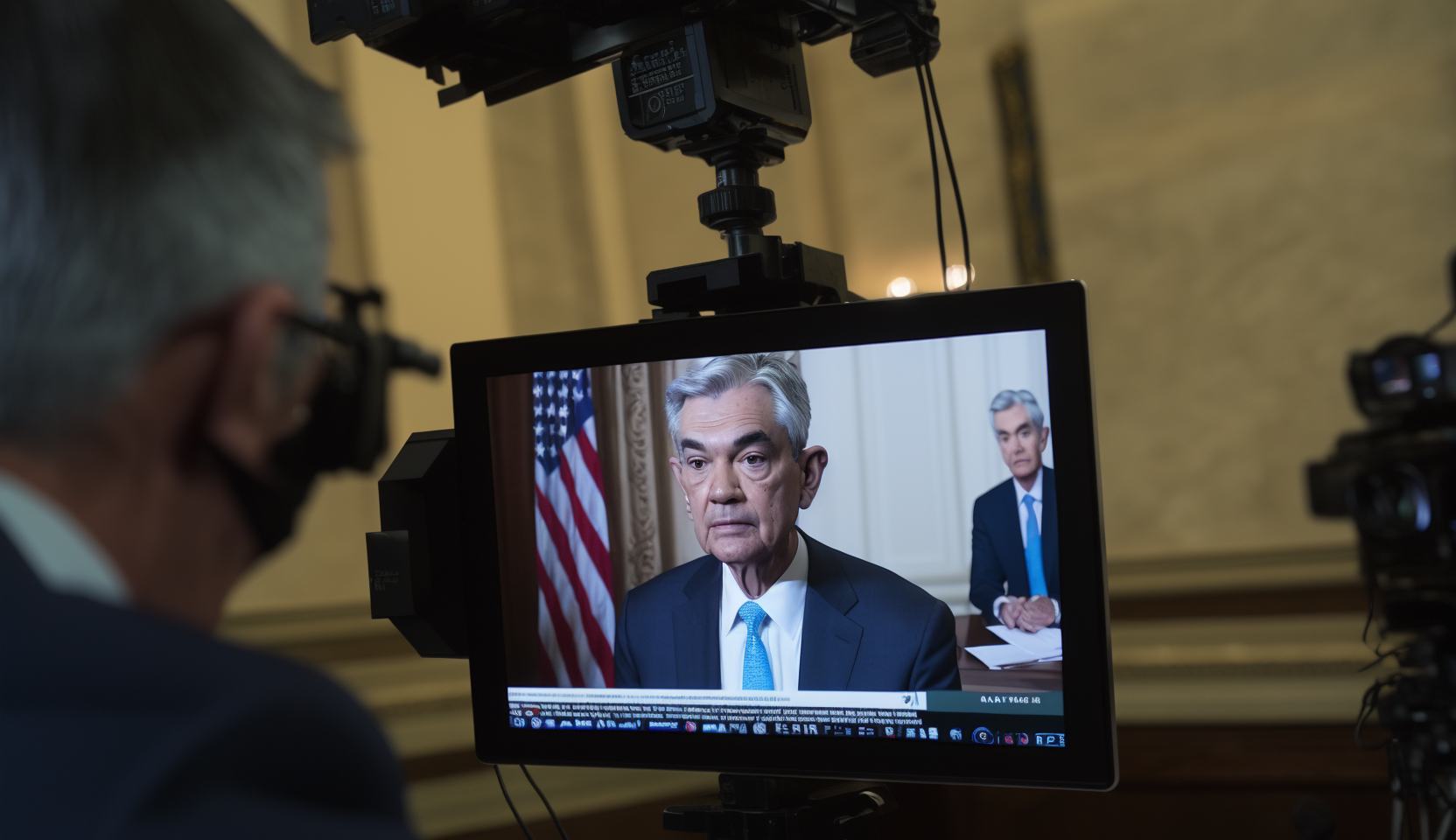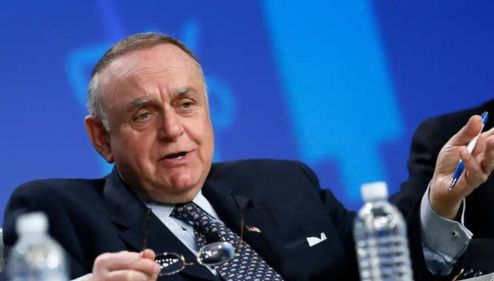The latest data from the Bureau of Labor Statistics provided a glimmer of hope in the battle against stubbornly high inflation. The Consumer Price Index (CPI) rose by 0.3% in April compared to the previous month, marking the slowest monthly increase in three months. On an annual basis, consumer prices climbed 3.4%, a slight deceleration from March’s 3.5% rise.
These figures indicate that inflationary pressures may be starting to abate, albeit gradually. The monthly increase came in lower than economists’ forecasts of a 0.4% uptick, while the annual rise matched expectations. After months of persistently elevated inflation, any signs of cooling are welcomed by consumers, businesses, and policymakers alike.
The slight easing of inflation was driven by a moderation in some key components of the CPI basket. Notably, the shelter index, which includes rents and owners’ equivalent rent, experienced a slowdown in its annual growth rate, rising 5.5% year-over-year compared to the previous month’s higher rate. However, shelter costs remained a significant contributor to the monthly increase in core prices, excluding volatile food and energy components.
Speaking of core inflation, it also showed signs of cooling, with prices rising 0.3% month-over-month and 3.6% annually, slightly lower than March’s figures. Both measures met economists’ expectations, providing further evidence that the overall inflationary trend may be moderating.
One area that continued to exert upward pressure on prices was energy costs. The energy index jumped 1.1% in April, matching March’s increase, with gasoline prices rising by 2.8% over the previous month. However, it’s worth noting that energy prices can be volatile and subject to fluctuations in global markets and geopolitical factors.
On the other hand, food prices remained relatively stable, with the food index increasing by 2.2% annually but remaining flat from March to April. Within this category, prices for food at home decreased by 0.2%, while prices for food away from home rose by 0.3%.
The April inflation report had a positive impact on financial markets, with investors anticipating a potential easing of monetary policy by the Federal Reserve later this year. The 10-year Treasury yield fell about 6 basis points, and markets began pricing in a roughly 53% chance of the Fed cutting rates at its September meeting, up from about 45% the previous month.
While the April data provided some respite from the relentless climb in consumer prices, it’s important to remember that inflation remains well above the Fed’s 2% target. The battle against inflation is far from over, and the central bank has reiterated its commitment to maintaining tight monetary policy until price stability is firmly established.
As markets and consumers digest the latest inflation report, all eyes will be on the Fed’s upcoming policy meetings and any potential shifts in their stance. A sustained cooling of inflationary pressures could pave the way for more accommodative monetary policy, but any resurgence in price growth could prompt further tightening measures.
In the meantime, businesses and households alike will continue to grapple with the effects of elevated inflation, adjusting their spending and investment decisions accordingly. The April data offers a glimmer of hope, but the road to price stability remains long and arduous.
Want small cap opportunities delivered straight to your inbox?
Channelchek’s free newsletter will give you exclusive access to our expert research, news, and insights to help you make informed investment decisions.












